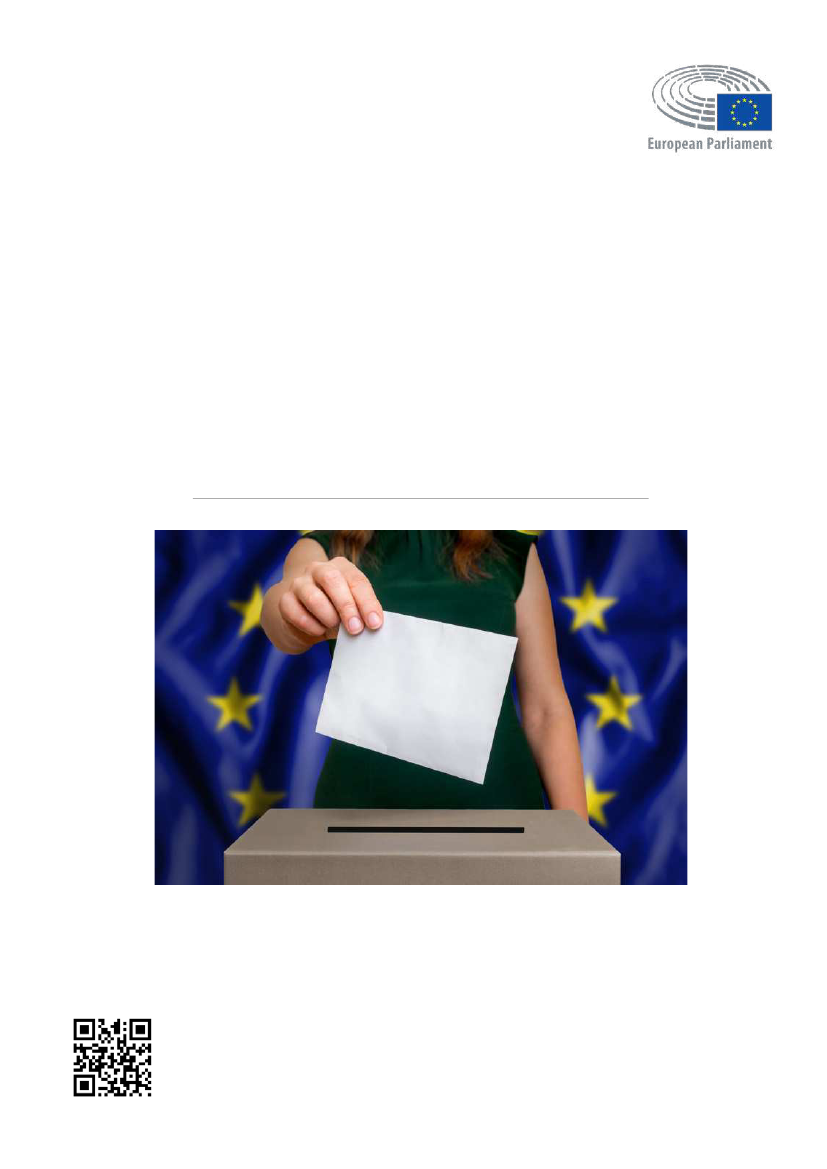
STUDY
Requested by the FEMM committee
Women in political
decision-making in view
of the next European
elections
Policy Department for Citizens' Rights and Constitutional Affairs
Directorate General for Internal Policies of the Union
PE 608.863 - February 2019
EN